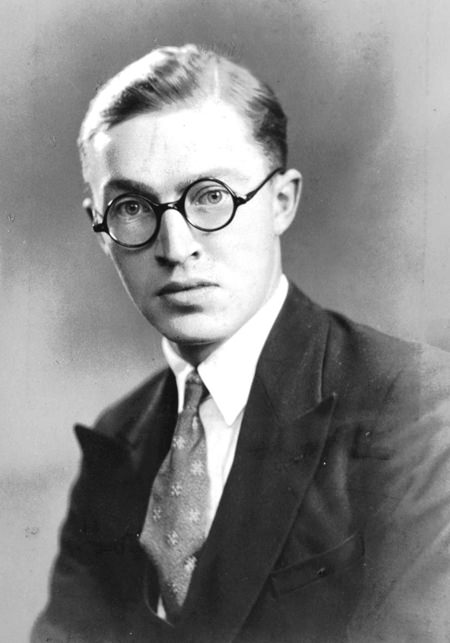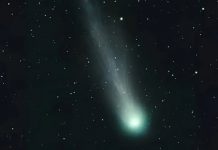
This weekend, any of the pubs and beer-bars in town will be pleased to remind you that 17th March is St. Patrick’s Day. There cannot be very many English-speaking people who have not heard of St Patrick, yet his life remains something of a mystery. Many of the tales surrounding him came about through generations of exaggerated storytelling. Legend has it that he got rid of Ireland’s snakes by driving them into the sea. However, there have never been snakes in Ireland. The country is more famous for its folk music and dancing. Then there’s Irish whiskey and that equally famous, dark stout that originated in 1759 at the brewery of Arthur Guinness.
But how many Irish composers can you name? Not many I bet, unless of course you happen to be Irish. Yesterday, I could think only of three – John Field, who virtually invented the style of piano piece known as a nocturne; Michael William Balfe, best known for his opera The Bohemian Girl and Ernest John Moeran whose cello concerto is still popular. Delving into the weighty tome The Oxford Companion to Music reminded me of several others, notably Hamilton Harty and Charles Villiers Stanford who I’d completely forgotten was Irish. I admit that the name Aloys Fleischmann doesn’t sound particularly Irish, but he was one of Ireland’s most influential musicians who lived most of his life in the City of Cork.
Only five miles from Cork is the village of Blarney with its famous Castle, an essential stop on every tourist itinerary. I was taken there by my parents when I was about ten. The castle is the home of the Blarney Stone which in 1446 was built into the battlements of the castle. According to legend, kissing the stone endows the kisser with great eloquence and skills of flattery. However, the feat of actually kissing the stone is not easily achieved. It’s not for the faint-hearted or those with a morbid fear of heights. For a timid ten-year-old, the prospect was terrifying.
Fleischmann was born in Munich to German parents, both of whom were musicians living in Cork. He later studied at the University College Cork and later worked there as a professor. He is perhaps best known for his magisterial 1,400-page book Sources of Irish Traditional Music, a daunting task that took him forty years to complete. He was also a conductor of the Cork Symphony and Radio Éireann Orchestras; he served on many committees and he was an influential figure in Irish musical life. For one so busy, it is perhaps surprising that he found time to write anything at all, but he turned out ballets, chamber music, orchestral works and compositions for choir.
Time’s Offspring is a five-movement cantata for speaker, choir and orchestra written in 1985. The overture is entertaining music though at times it feels a bit like the sound-track of an animated movie. It’s easily approachable music with a wealth of melodic ideas and rhythmic vitality.
Now then, here’s a real musical treat. Sir Charles Villiers Stanford made his reputation as a composer with his seven symphonies, a CD of which I have just by chance, in front of me. At the age of twenty-nine Stanford became one of the founding professors of London’s Royal College of Music where two of his composition students were Gustav Holst and Ralph Vaughan Williams, although his own composing style was rather old fashioned for the time.
Stanford is also well-known for his choral music. This is a delightful choral setting of a rather mystical and enigmatic poem called The Bluebird by Mary Elizabeth Coleridge. It was originally written for choir but this performance by The King’s Singers is to my mind, as good as any. The vocal quality, vocal blending, phrasing and intonation are faultless. Notice Stanford’s use of rich, luxuriant harmony and how the counter-tenor voice floats in and out of the texture on the word “blue.”
Bluebirds of course have become symbols of happiness and as a result have been used in many poems and popular songs. A bluebird was mentioned in the 1917 song, I’m Always Chasing Rainbows and also in the 1934 song Bluebird of Happiness. Paul McCartney sang about them and so did Judy Garland in Over the Rainbow. They’re mentioned in Vera Lynn’s song The White Cliffs of Dover in the lines, “There’ll be bluebirds over the White Cliffs of Dover”. This is a bit unlikely as there are no bluebirds of any kind in Europe. If for some reason you want to see one, you’ll have to go to America.
 |
 |
 |





